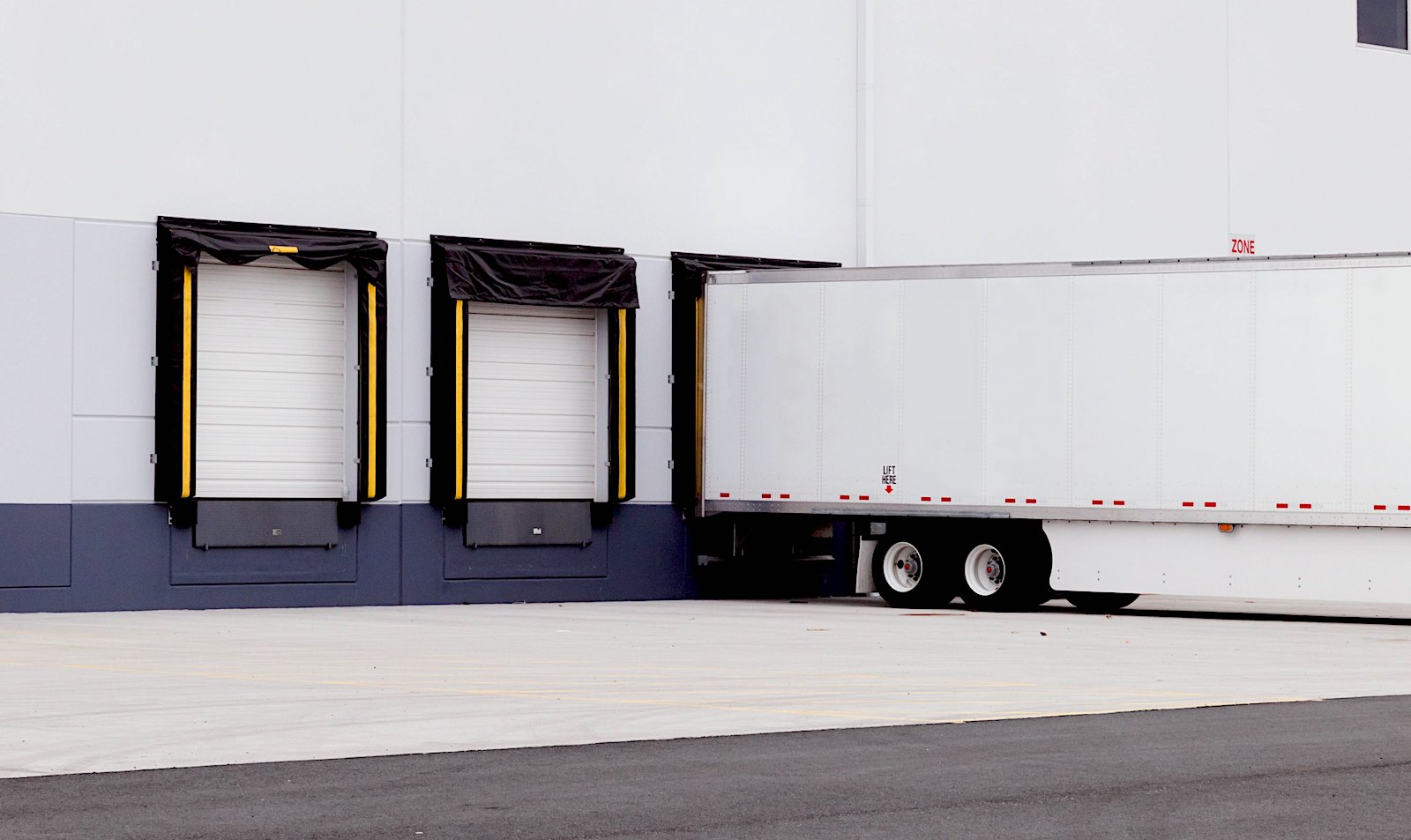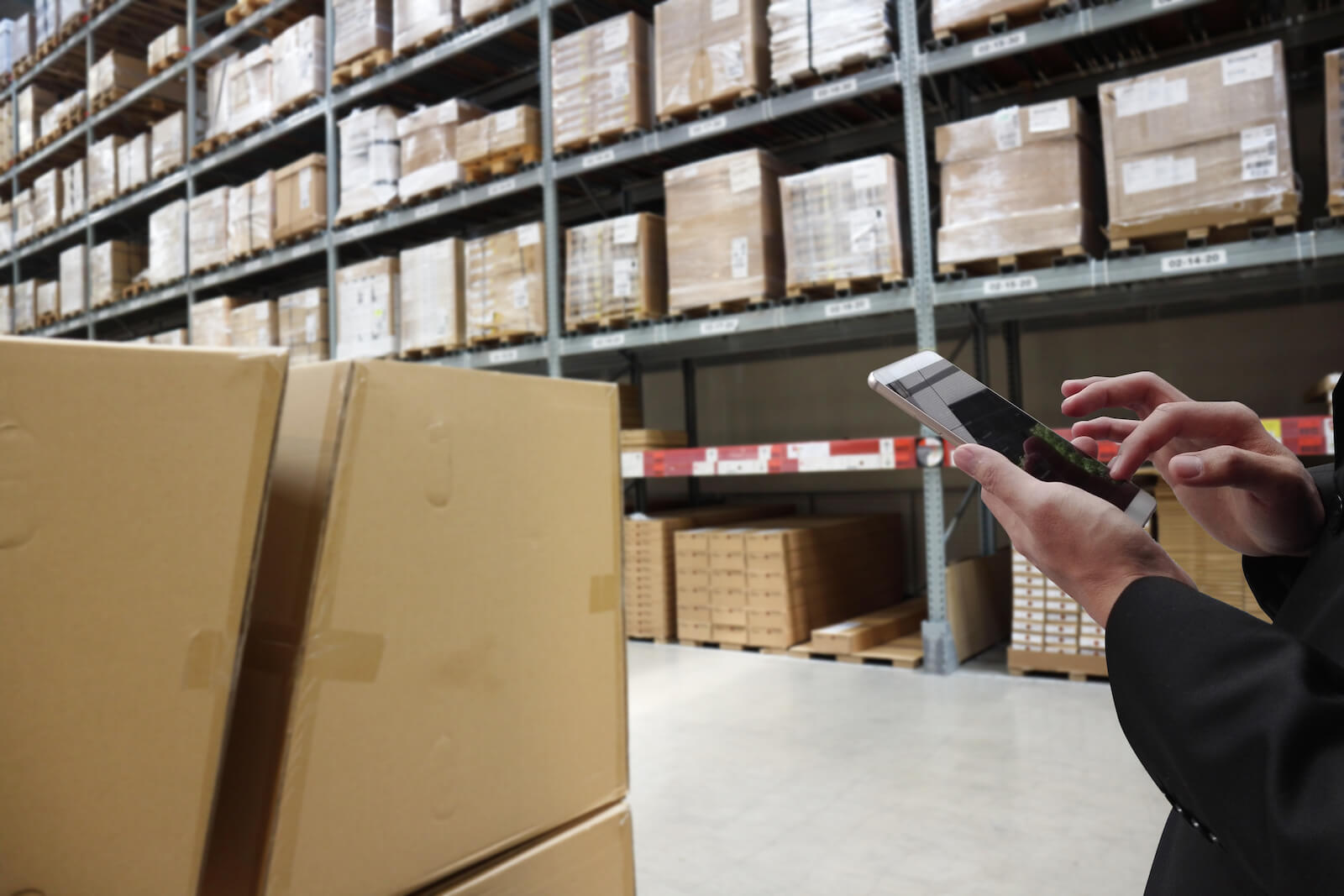Table of Contents
** Minutes
How does LTL freight shipping work?
Advantages of LTL freight for ecommerce merchants
Mothership’s approach to LTL shipping
Businesses around the world rely on less-than-truckload (LTL) shipping to transport their freight. For direct-to-consumer brands, LTL shipping offers a cost-effective method for moving ecommerce inventory so that it can be fulfiled in a timely manner without overpaying for warehousing.
Understanding LTL freight will help you get the most out of your shipping experience. Let’s jump in to the world of LTL freight.
What is LTL freight?
LTL (or less-than-truckload) freight is used for the transportation of cargo that doesn’t require a full truck, allowing shippers to consolidate their cargo with the cargo of other shippers heading in a similar direction. This more efficient mode of transportation lets shippers only pay for their portion of the truck trailer rather than in full.
An LTL freight shipment typically weighs 150-10,000 pounds or consists of 1-10 pallets.
How does LTL freight shipping work?
Rather than travelling directly from a freight pick-up location to a delivery destination, LTL trucks utilise a “hub-and-spoke” model. Small, local distribution centres function as spokes, where freight is collected and transported to larger hubs and then sorted onto another truck to continue its journey to the next hub, or spoke on the route to its final destination.
Space is rented on individual trucks by pallet
When shipments are packed into pallets, the amount of space those pallets occupy determines the shipping rate.
Pallets are transferred between trucks
To be as effective and efficient as LTL shipping can be, pallets can be transferred between trucks several times en route to their destination. This tradeoff of time and cost-savings can cause LTL shipments to take longer than other forms of shipping given the additional delivery stops along the route.
Advantages of LTL freight for ecommerce merchants
Freight shipping can be a major cost for any business, especially small to medium-sized ecommerce businesses that rely on shipping to get their products to customers. By offering an entire truckload to be filled by multiple merchants needing to ship inventory, LTL freight shipping provides the benefits of professional shipping with cost savings.
Save money on freight shipping
One of the biggest benefits for ecommerce merchants using LTL freight is reduced shipping costs from sharing truck space. Paying for a single truck is expensive, and storing all of that inventory once it reaches its final destination can be even more expensive if it’s not going to turn over and be fulfiled fast.
Secure your inventory in pallets
LTL freight utilises palletized or crated shipments. Consolidating a shipment onto a pallet creates greater stability for the shipping units throughout its travels to prevent shipping damages while in transit. This is especially critical when shipping fragile items.
When goods are loaded onto pallets, it’s easier to evenly distribute weight and wrap all the units tightly together and have a shipping label and proper documentation on the outside. Without tightly securing inventory, you may risk being unable to sell it, causing a lot of inventory writeoffs.
Track shipments closely
LTL freight couriers will allow you to track your shipment at different stages of delivery by providing status updates when a shipment reaches a hub. Recent advances in tracking have allowed for much more granular insight as to where your LTL freight is.
Who should use LTL shipping?
LTL shipping is an effective means of transporting products for all types of businesses. There are certain scenarios in which LTL could be the better choice, such as ecommerce merchants with varying shipment sizes.
Let’s take an example: If your shipment packs up into four pallets weighing 6,000 pounds, and only takes up about one-quarter of the trailer space, LTL shipping is a good option to move your product at a great price. This figure can vary depending on the carrier used as well as the truck.
Flexibility is another key feature of LTL shipping. It can accommodate every stage of your ecommerce supply chain growth. LTL freight gives your business the ability to easily scale the amount of pallets and space you need, shipment by shipment.
Common LTL shipping FAQs
Although LTL freight shipments are a flexible, cost-effective method of shipping for ecommerce businesses, there are a few considerations to keep in mind when exploring LTL shipping. Here are some answers to frequently asked questions about LTL freight.
What’s the difference between LTL and FTL?
FTL refers to full truckload. Unlike LTL, which includes shipments from multiple shippers that share one trailer space, FTL freight is when one shipper utilises the full truck. FTL shipments are typically used for ten or more pallets, or if the pallets are oversized or particularly heavy.
Another reason to choose FTL would be when the timeframe for delivery is tight. LTL shipments can take longer given they move between different trucks during their journey. FTL freight stays on the same truck the entire time, so the route to delivery is more direct and faster.
How long does LTL shipping usually take?
While transit times for LTL are affected by a few factors, here are the typical timelines by route:
- Intrastate: takes 1-2 business days
- Regional: takes 2-4 business days
- Cross-country: takes 4-6 days
While the total distance being covered is a good starting point in determining shipping duration, LTL couriers can vary on total time. All couriers must contend with the following:
- Laws and regulations: Speed limits, traffic laws, and regulations that establish how long it’s safe for a driver to be behind the wheel in a day and limit the number of miles a truck driver can cover each day.
- Route: LTL shipments going to less populated areas face a couple of roadblocks. First, with fewer trucks heading to the same place, the shipment may have to wait much longer for a full truckload worth of freight to be assembled. Second, less rural areas don’t have as many roads and highways to allow for route variability.
- Number of transfers: An LTL shipment will typically first head to a regional terminal before being sorted onto another truck headed towards its final destination. The act of shipments transferring trucks at a terminal may happen several times during the entire journey.
- Unexpected delays: Difficult weather, poor road conditions, heavy traffic, and equipment failings can all cause unexpected delays.
How many pallets are considered LTL?
LTL shipments are typically defined through their weight, between 150-10,000 pounds, but a general rule of thumb is that LTL shipments consist of 1-10 pallets.
How are LTL shipping rates determined?
Traditional LTL carrier rates are based off of a tariff structure that can be comprehensive to understand given the multitude of factors that must be taken into account, such as:
- Volume: Total space used, units, and weight from the shipper
- Location: Both the distance being travelled for total mileage and fuel prices in the areas on the route
- Density: Most couriers charge by the cubic size of the shipment or the amount of space taken up on the truck
- Freight class: The class of the LTL freight determines pricing based on the standardized classification system for type of materials and products being shipped
- Other services: Special requests such as liftgates to load and offload the shipment or guaranteed delivery are usually additional charges
Mothership’s approach to LTL shipping
Mothership, a freight technology company, is addressing LTL freight shipping inefficiencies with its powerful shipping platform that optimises last-mile delivery routing, makes shipments trackable in real-time, and even offers freight shipping delivered same-day, making up for delivery inefficiencies from longer LTL transit times.
In the traditional LTL freight carrier world, pricing is not always transparent to shippers, as it is based on confusing tariffs. For certain types of LTL freight services, Mothership has simplified the pricing system for customers by charging per pallet and eliminating tariff pricing altogether. They partner with over 15 couriers to offer nationwide coverage.
All that’s needed for pricing is addresses, dimensions, weight, freight type, and quantity, and the platform calculates a quote instantly, and no contracts or volume requirements are needed.
Freight rates are booked in seconds and consider multiple data points including on-time pickup, on-time delivery, claims rates, and additional performance metrics. The rest of the shipping process is seamless with digitized bills of lading, automatically generated and stored proofs of delivery, and a timestamped tracking record.
ShipBob partners with Mothership so that ecommerce merchants can follow their freight on a live map display, and share shipment updates with the simplicity of a few clicks on their shipping platform (and a direct integration of the two systems is coming soon).
Optimise LTL freight shipping and ecommerce fulfilment
With a powerful network of fulfilment centres and connected technology, ShipBob offers reliable direct-to-consumer ecommerce fulfilment services that helps improve the supply chain.
Distributed inventory
ShipBob takes a data-driven approach to inventory allocation, letting brands store inventory in the fulfilment centre(s) closest to their end consumers.
Cost-effective shipping
ShipBob’s software is optimised for time and cost, automatically choosing the fulfilment centre that’s closest to the end customers to reduce the shipping costs and transit times. They also provide bulk shipping discounts from couriers and work with partners like Mothership to further reduce logistics costs for ecommerce brands.
Ordering tracking from A to Z
Every stage of the order fulfilment process is available in an easy-to-access and quick timeline view in ShipBob. Ecommerce merchants can check in at any specific stage as every action is contained in one place with real-time carrier updates and inventory tracking.
Conclusion
LTL shipping needs are met much easier when working with a third-party logistics company, especially ones utilising software and more efficient technologies, in combination with expert freight partners like Mothership that can handle everything from last-mile delivery and same-day deliveries, to FTL and LTL freight.
Together, ShipBob and Mothership will give ecommerce businesses an unparalleled advantage over competitors by streamlining their supply chain and logistics. To get a live, personalised walkthrough of the Mothership platform sign up for a demo here.



